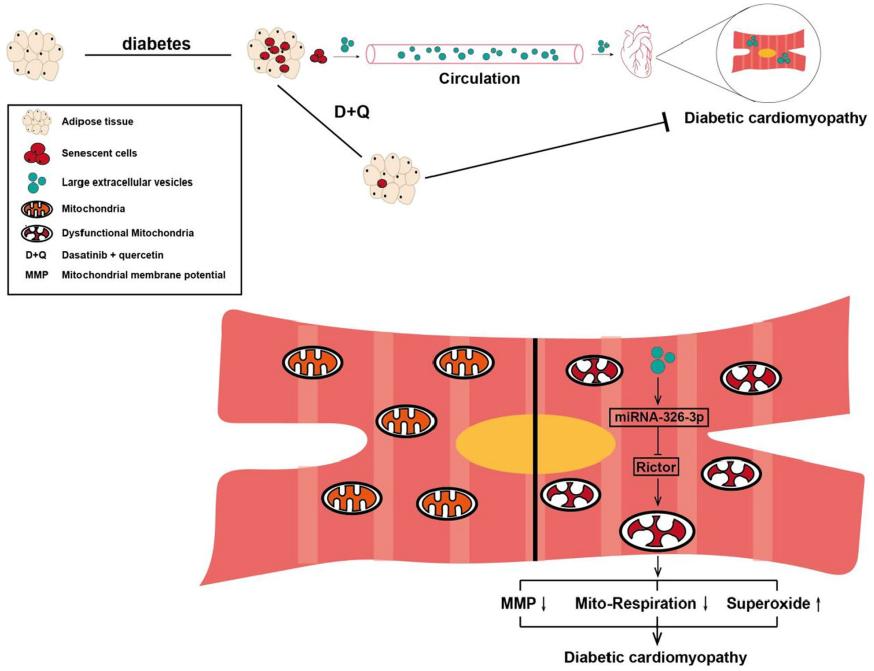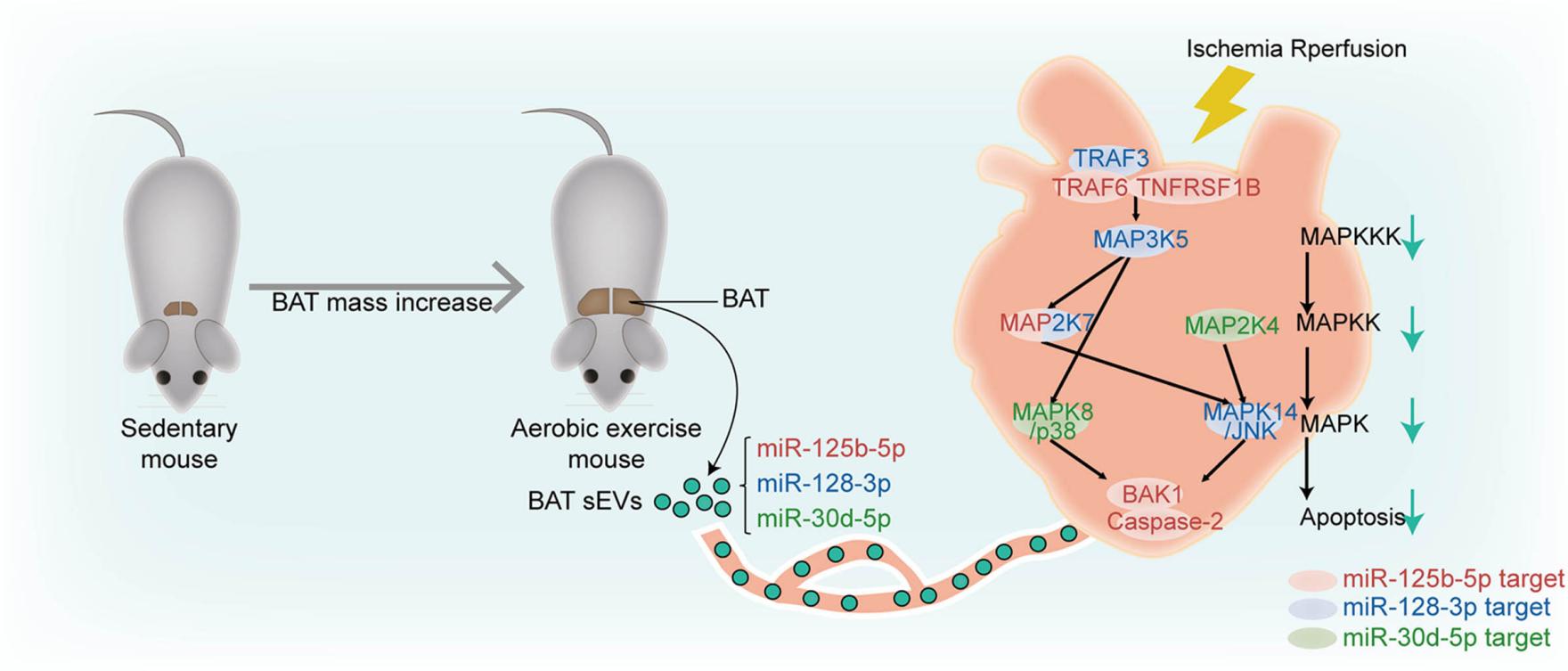Muscle-Bone Exosome Communication Research Introduction
Adipose tissue homeostasis is central to the protection of the organism from metabolic diseases. It has been found that adipose tissue communicates remotely with the heart through the circulation of tissue exosomes, mediating heart-related phenotypes such as diabetic myocardial disorders and athletic cardioprotection. Creative Biolabs provides tissue exosome multi-omics profiling and functional research services to help understand heart-adipose communication.
Tissue Exosomes Mediate Heart-Adipose Communication
The first step in demonstrating AT-EXO (adipose tissue exosomes)-mediated communication with the heart is to screen for phenotypic effects that the heart experiences as a target organ. Particularly, labeled AT-EXO are imported into animal models or cardiac cells, and the phenotype is examined to screen for tissue exosomes that are enriched in the heart and its cells with positive signals and undergo corresponding phenotypic changes. For example, uptake experiments and probe analysis revealed that ventricular cardiomyocytes showed a decrease in mitochondrial membrane potential and an increase in superoxide upon uptake of senescent AT-EXO, which demonstrated a decrease in myocardial contraction velocity caused by mitochondrial dysfunction. Conversely, when the biogenesis of AT-EXO was blocked by surgical removal of senescent tissue, the adverse effects on myocardial metabolism were eliminated. This confirms the negative effects of senescent fat on the heart via tissue exosomes. Furthermore, a study after finding that brown adipose tissue from exercise may be involved in cardioprotection through endocrine in myocardial ischemia/reperfusion injury, inhibiting AT-EXO secretion by targeting silencing of Rab27a, revealed that cardioprotection was greatly diminished. This thus confirms the cardioprotective potential of brown AT-EXO.
 Fig.1 Senescent fat exacerbates myocardial metabolism in diabetic mice. (Lin, 2022)
Fig.1 Senescent fat exacerbates myocardial metabolism in diabetic mice. (Lin, 2022)
Dissecting Exosomal Mechanisms of Heart-Adipose Communication
Screening of AT-EXO components that communicate with the heart was performed by miRNA sequencing and multi-omics profiling, followed by bioinformatics analysis combined with qPCR, western blot, and flow cytometry to confirm the relevant pathways and underlying mechanisms of key molecular actions. For example, exosomes isolated from senescent adipose tissue and cardiomyocytes were screened for significant upregulation of miRNA-326-3p and coincided with transcriptomic changes in myocardial metabolism. Then, the enrichment analysis identified exosomal miRNA-326-3p-targeted repression of Rictor, an upstream factor of type I diabetic cardiomyopathy, elucidating the intrinsic mechanism by which tissue exosomes coordinate adipose-heart metabolic remodeling. Furthermore, RNA-seq screening identified miR-125b-5p, miR-128-3p, and miR-30d-5p as pivotal components of brown AT-EXO-mediated cardioprotection, and these miRNAs attenuated cardiomyocyte apoptosis and participated in exercise cardioprotection by synergistically inhibiting MAPK pathway activation.
 Fig.2 Brown AT-EXO alleviate myocardial injury. (Zhao, 2022)
Fig.2 Brown AT-EXO alleviate myocardial injury. (Zhao, 2022)
The function of tissue exosomes involved in long-distance heart-adipose communication facilitates cardioprotection. For example, reducing the senescent burden of AT-EXO alleviates diabetic myocardial metabolic disorders, and exercise increases the release of exosomes from brown adipose tissue to alleviate myocardial ischemia/reperfusion injury. Creative Biolabs summarizes concepts and strategies for tissue exosome-based research on heart-adipose communication and provides a one-stop solution for tissue exosome research. Please feel free to contact us.
References
-
Lin, H.; et al. Secretion of miRNA-326-3p by senescent adipose exacerbates myocardial metabolism in diabetic mice. J Transl Med. 2022, 20(1): 278.
-
Zhao, H.; et al. Small extracellular vesicles from brown adipose tissue mediate exercise cardioprotection. Circ Res. 2022, 130(10): 1490-1506.
For Research Use Only. Cannot be used by patients.
Related Services:

 Fig.1 Senescent fat exacerbates myocardial metabolism in diabetic mice. (Lin, 2022)
Fig.1 Senescent fat exacerbates myocardial metabolism in diabetic mice. (Lin, 2022)
 Fig.2 Brown AT-EXO alleviate myocardial injury. (Zhao, 2022)
Fig.2 Brown AT-EXO alleviate myocardial injury. (Zhao, 2022)









